As a commercial property manager, it’s up to you to guarantee your property always looks its best in order to entice and retain tenants, and painting is one of the most cost-effective methods of keeping a space looking fresh.
Unfortunately, common paint problems such as unsightly peeling, flaking or mildew can be a headache for any property manager. These issues should be addressed sooner rather than later before they become much more costly.
As with most things, it is better to prevent a problem rather than to fix it, so in today's post we're covering the causes and solutions to some common paint issues, like peeling paint, so you can fix them, and avoid the same problem from occurring in the future.
Common paint problem #1: Peeling, cracking and flaking paint
Peeling, cracking and flaking occur when dry paint film splits. There is a range of possible causes including moisture seepage, inadequate surface penetration, application of oil-based paint over a wet surface, inadequate surface preparation or use of low-quality paint.
If you've noticed your paint is starting to peel, first investigate if it is related to a source of moisture. If it is, then your first step is to eliminate the source of moisture to avoid the problem happening again. Next, scrape back all loose paint and sand to remove any remaining rough texture, before applying an appropriate primer. Repaint your surface with high-quality paint that is fit for purpose.
LEAD HAZARD: Before 1970, lead paint was commonly used in Australia and there are many properties that still contain lead paint. Could your building be one of them? Peeling or otherwise damaged lead paint presents a real health hazard.
Common paint problem #2: Mildew and mould
Have you noticed grey, brown or black areas on a painted surface in your building? You may be dealing with a mildew or mould problem, especially if the area in question is damp. Common damp areas are bathrooms, kitchens, laundries and rooms that receive little to no direct sunlight.
Some of the reasons for mildew or mould appearing on your paintwork include the use of low-quality or incorrect paint coatings, inadequate surface preparation or painting straight over a surface where mould or mildew was already present.
Start by testing the discolouration. Suit up with rubber gloves and protective glasses and then apply a few careful drops of bleach to the area. If the discolouration is bleached away, you're probably right in thinking you've got mould or mildew.
Remove all mildew from the surface by scrubbing with a diluted bleach solution (about one part bleach, three parts water). Make sure you‘re wearing rubber gloves, a face mask and quality eye protection. Once you've removed all the discolouration, rinse the surface thoroughly.
To protect against mould and mildew reoccurring, ensure you've properly removed the discolouration in the first instance. Then coat with high-quality mould blocker paint. Consider installing an exhaust fan in damp areas to prevent the issue.
We also highly recommend calling in professionals when dealing with mould as it can get in your lungs and cause serious health problems.
Common paint problem #3: Efflorescence
How do you spot efflorescence? Efflorescence is identified by white, crusty mineral salts that may appear on concrete, render, brick or mortar surfaces. These deposits leach out from the substrate as moisture moves through it and can damage the paint film.
Some common causes of efflorescence include inadequate surface preparation and not dealing with the source of moisture.
To prevent efflorescence from returning, you first need to eliminate the cause of moisture seeping through. Once this has been sorted, remove the crusty mineral salts with a wire brush. Thoroughly rinse the surface and let it dry before priming with an appropriate product. Once properly primed, apply a coat of high-quality paint.
Your paintwork is an investment that needs protecting to ensure the ongoing appearance of your building and reduce future expenses. Learn how to keep your paintwork looking fresh for longer with our handy guide to painting maintenance.
Higgins Coatings is Australia's premier commercial painting contractor with over 70 years of experience in providing cost-effective painting and tailored maintenance solutions to a broad range of industries including hospitals, aged care, schools, and strata. If you need quality painting services delivered on time and within budget, contact us today for a consultation.
Recent Posts
-
The cost-effective solution
Dhananjay Kapoor07 Oct 2025 at 10:10 PM -
Why schools are choosing floor rejuvenation
Dhananjay Kapoor07 Oct 2025 at 10:09 PM -
Why leading schools choose Higgins for floor rejuvenation
Dhananjay Kapoor07 Oct 2025 at 10:09 PM -
Floor rejuvenation in action
Dhananjay Kapoor07 Oct 2025 at 01:53 AM -
Top trends affecting the value of commercial property in Australia
Higgins Coatings01 Jul 2025 at 01:30 AM -
Your guide to budgeting for commercial building painting
Higgins Coatings23 Jun 2025 at 11:15 PM -
Painting apartment exteriors: Best practices
Brendan Childs02 Mar 2025 at 10:00 PM -
Strata painter: 7 key considerations for hiring
Narell Majic02 Feb 2025 at 10:00 PM -
How to find good tradespeople you can always rely on
Sam McHugh08 Jan 2025 at 10:00 PM









